Dipping into the world of beer can feel a little daunting with its vast array of styles, traditions and tastes. Did you know that Germany alone boasts over 7,000 different kinds of beer? Fear not, this article is your handy guide to unravel the rich tapestry of brewing cultures from across the globe and their intriguing customs.
Ready for a global beer journey? Let’s dive in!
Key Takeaways
- German beer culture is known for its variety, with over 7,000 different types of beer made in Germany. They take pride in their precise brewing methods and have fun festivals like Oktoberfest.
- Belgian beer culture has a long history and is famous for its unique flavors and brewing techniques. Trappist breweries run by monks produce high-quality beers, while Lambic and Gueuze styles use wild yeast for fermentation.
- The American craft beer revolution has brought about innovative flavors and styles. Craft breweries focus on traditional methods and experimentation to create diverse brews.
Global Beer Culture
 German brewing traditions, Belgian beer culture, and the American craft beer revolution have all contributed to the rich global beer culture.
German brewing traditions, Belgian beer culture, and the American craft beer revolution have all contributed to the rich global beer culture.
German Brewing Traditions

In Germany, beer holds a big spot. It’s more than just a drink; it’s part of life. People in Germany make over 7,000 different beers. These beers come from all parts of the country.
Each part has its own ways to make beer and its own types of beer too! Germans love their beer so much that they have fun festivals like Oktoberfest where everyone drinks lots of beer.
They take pride in making their beer with care and exact steps because they value working hard and being precise.
Belgian Beer Culture

Belgium has a vibrant beer culture that is steeped in history and tradition. Belgian beers are known for their unique flavors and brewing techniques, making them stand out from beers produced in other countries.
In fact, Belgium has been brewing beer for centuries, with some breweries dating back to the Middle Ages.
One interesting aspect of Belgian beer culture is the presence of Trappist breweries. These are monastic breweries where the monks themselves brew the beer as part of their daily routine.
The beer produced by these Trappist breweries is highly regarded for its quality and craftsmanship.
Another notable style of Belgian beer is the Lambic and Gueuze styles. These beers are made using spontaneous fermentation, which means that wild yeasts from the air contribute to the fermentation process.
This gives Lambic and Gueuze beers their characteristic tartness and complex flavors.
American Craft Beer Revolution

The American craft beer revolution has made a significant impact on the beer industry. Craft beer refers to beers brewed by independent breweries using traditional methods and high-quality ingredients.
In recent years, there has been a surge in the popularity of craft beers due to their unique flavors and innovative styles. Craft breweries in the US have embraced experimentation and creativity, resulting in a wide variety of beer styles to choose from.
This movement has not only revived interest in traditional brewing techniques but also introduced new and exciting flavors to beer lovers across the country. So, if you’re looking for something different and adventurous when it comes to your beer choices, exploring the world of American craft beers is definitely worth a try!
Traditional Brewing Techniques
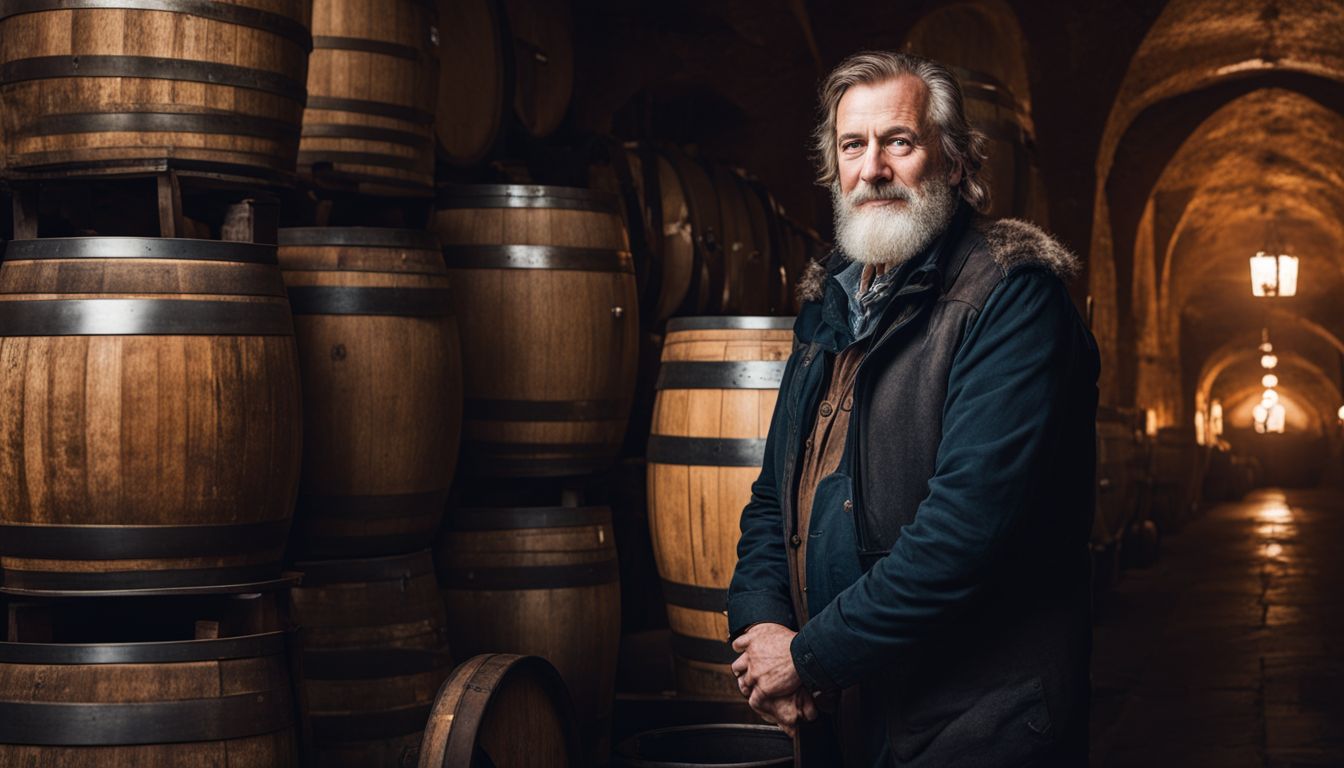
Trappist Breweries, known for their centuries-old brewing traditions, produce some of the world’s most sought-after beers.
Trappist Breweries
 Trappist Breweries are famous for their traditional brewing techniques and high-quality beers. These breweries are operated by Trappist monks, who follow strict guidelines to ensure the authenticity of their products.
Trappist Breweries are famous for their traditional brewing techniques and high-quality beers. These breweries are operated by Trappist monks, who follow strict guidelines to ensure the authenticity of their products.
There are currently only 14 Trappist breweries in the world, with six in Belgium alone. Each brewery produces a limited range of beers, often using recipes that have been passed down for centuries.
The beers brewed by these monastic communities carry the “Authentic Trappist Product” label, guaranteeing their origin and adherence to certain standards. Drinking beer from a Trappist brewery is not just about enjoying a beverage; it’s also about supporting and honoring a longstanding tradition upheld by these dedicated monks.
Lambic and Gueuze Styles

Lambic and Gueuze are two unique beer styles that come from Belgium. Lambic is made using spontaneous fermentation, which means that wild yeast in the air is used to ferment the beer.
This gives it a distinctive sour taste. Gueuze, on the other hand, is a blend of young and old lambics. It has a fizzy texture and complex flavors. These styles have a long history in Belgium and are highly regarded by beer enthusiasts around the world.
Belgium is famous for its brewing traditions, and lambic and gueuze beers are an important part of that heritage. They are different from other beers you might be familiar with because they use wild yeast instead of cultivated strains.
This creates unique flavors and aromas that you won’t find in any other style of beer.
If you’re interested in trying something new or want to explore different types of beer, I would highly recommend giving lambic and gueuze styles a try. They offer a refreshing change from more traditional beers and can open your palate to new tastes and experiences.
Microbreweries
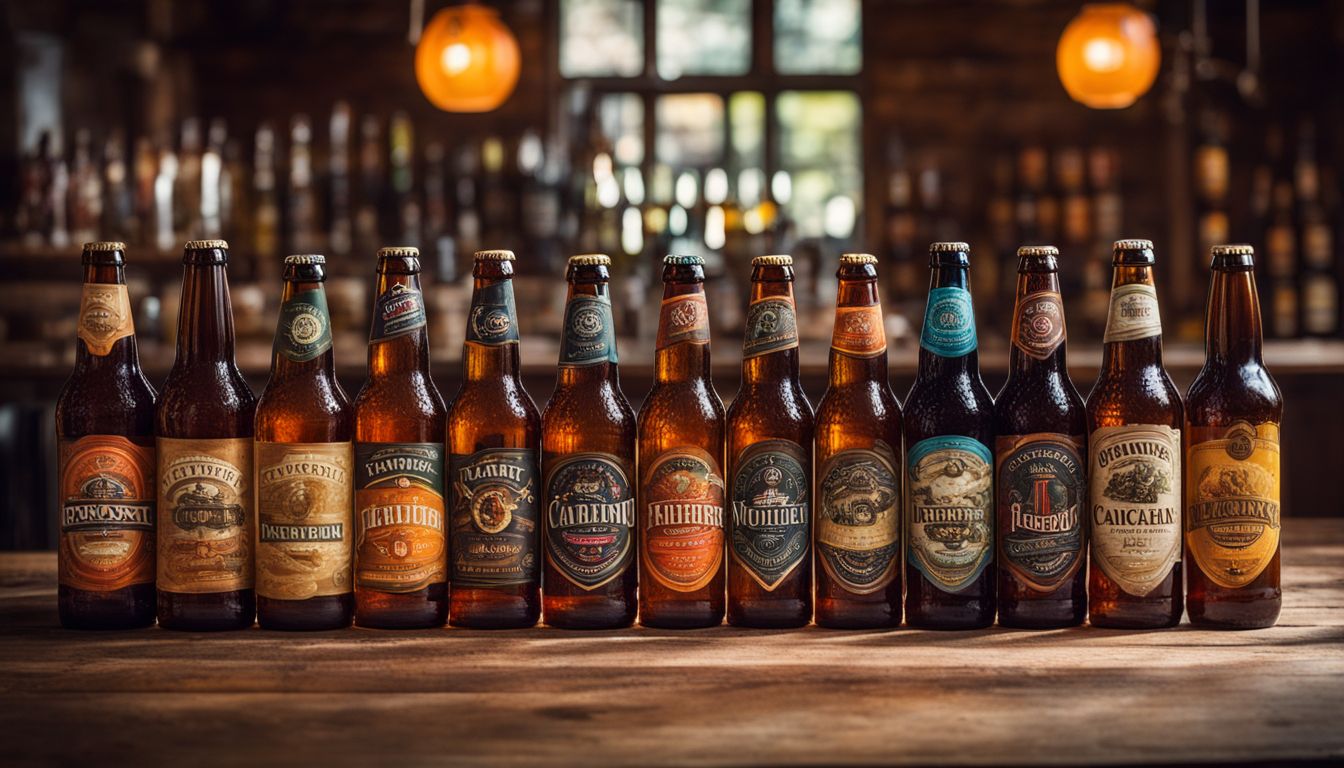
Microbreweries have become increasingly popular in recent years, offering beer enthusiasts a unique and diverse range of craft beers to enjoy. These small-scale breweries focus on producing high-quality, artisanal beers that are often made with traditional brewing techniques.
Unlike larger commercial breweries, microbreweries tend to experiment with different flavors and styles, resulting in a wide variety of unique and innovative brews. They also play an important role in supporting local economies by sourcing their ingredients locally and contributing to the community.
So if you’re looking to support independent brewers and try something new, visiting a microbrewery is definitely worth considering.
Celebrating Beer Diversity

Explore the fascinating array of beer styles from around the world, each with its own unique flavors and characteristics. From traditional German lagers to innovative twists on classic beers, there’s something for everyone to discover in the global beer culture.
So grab a pint and let your taste buds embark on an adventure!
Different Styles from Around the World
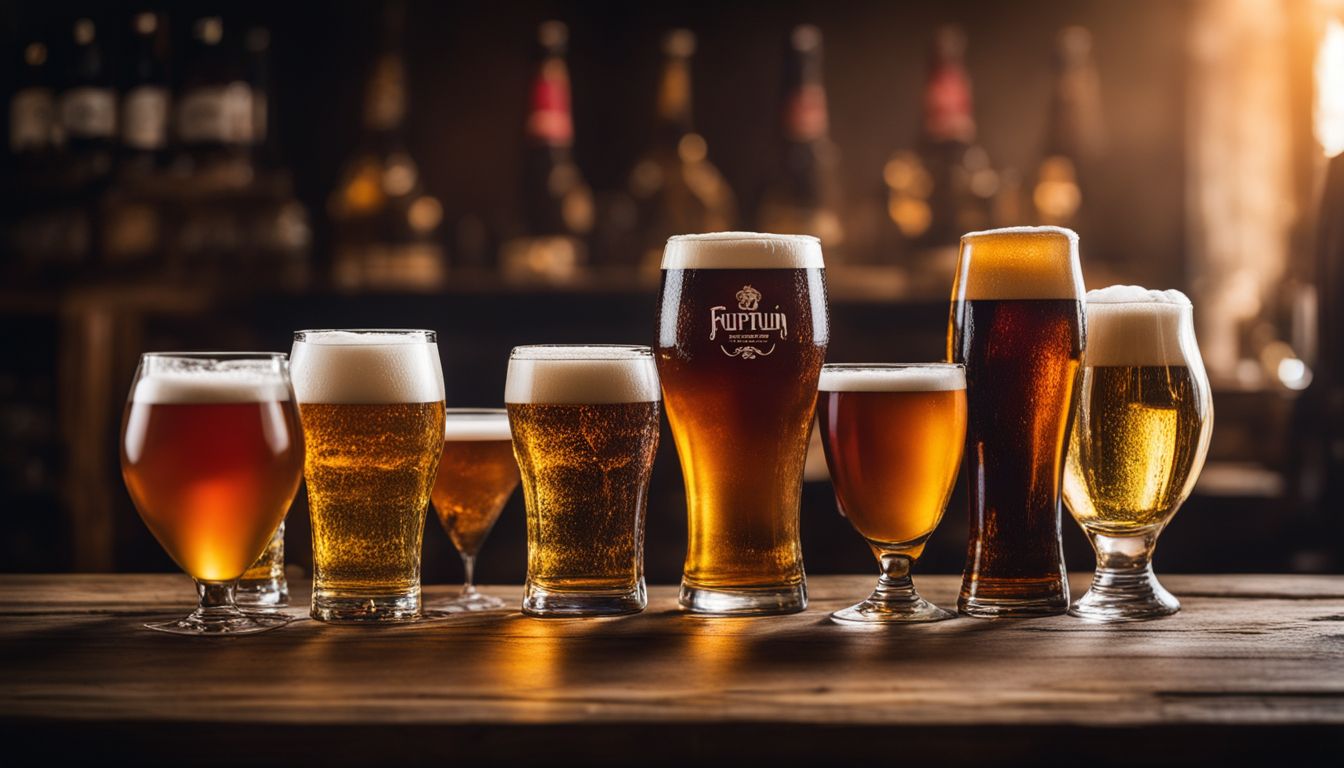
Beer comes in many different styles from all over the world. Here are some of the most popular ones:
- German Lager: Known for its clean and crisp taste, German lagers are light in color and have a smooth finish.
- Belgian Tripel: This strong and complex beer is known for its fruity and spicy flavors. It has a higher alcohol content compared to other beers.
- British Stout: Rich and dark in color, British stouts have flavors of roasted malt, chocolate, and coffee. They are often creamy and full-bodied.
- American IPA: The American India Pale Ale (IPA) is known for its hoppy flavor and high bitterness. It has citrusy and piney notes that make it refreshing.
- Czech Pilsner: Light golden in color, Czech pilsners have a slightly sweet taste with a balanced hop bitterness. They are easy to drink and very refreshing.
- Irish Red Ale: With a reddish-brown color, Irish red ales have a malty sweetness with subtle caramel notes. They are smooth and easy to drink.
- Belgian Lambic: Lambics are traditional Belgian beers that undergo spontaneous fermentation with wild yeast strains. They have a distinct sour taste with fruity flavors.
- Mexican Lager: Mexican lagers are light and crisp with clean flavors. They are often served with lime or as part of a thirst-quenching michelada.
- Australian Pale Ale: These pale ales feature tropical fruit flavors like passionfruit and mango, balanced by hop bitterness. They are refreshing and easy to drink.
- Scottish Ale: Scottish ales have rich malt flavors with caramel undertones. They can range from light amber to deep ruby colors, depending on their strength.
Unusual Twists on Classic Beers
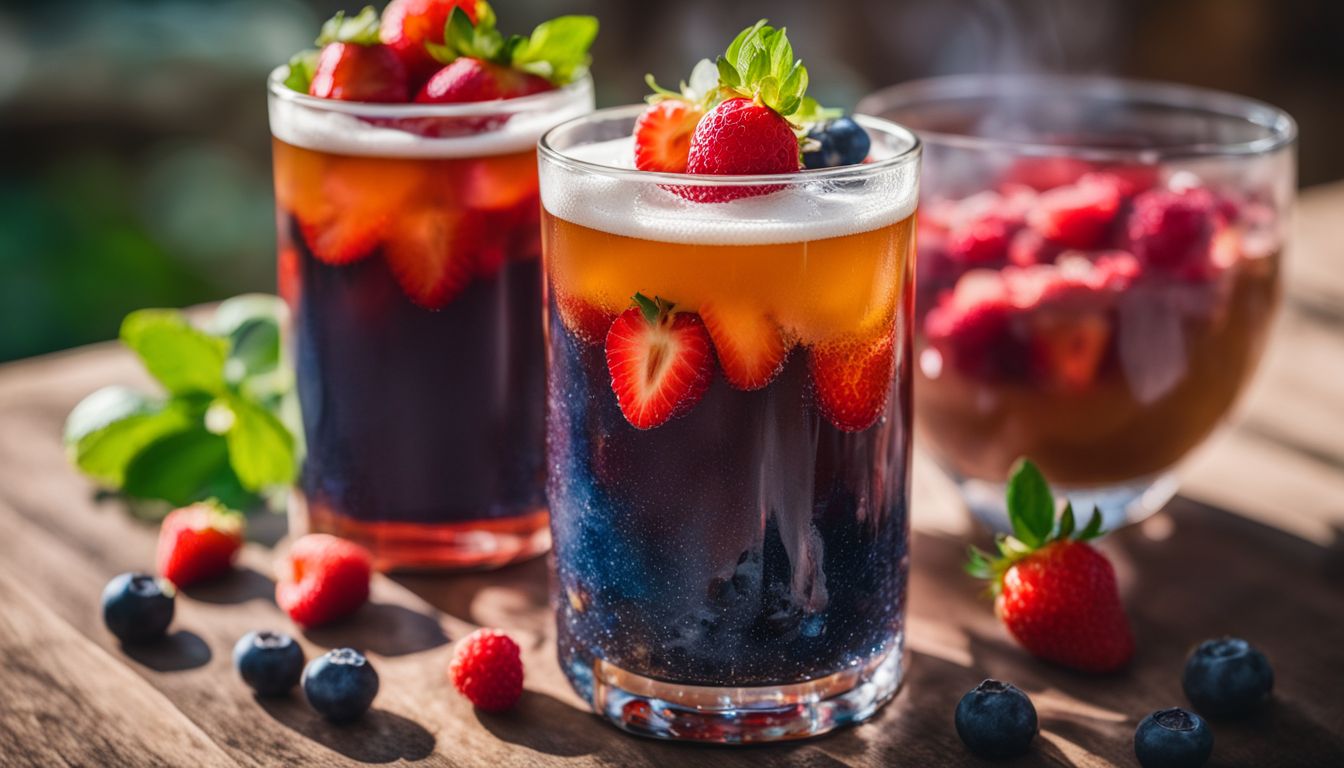
Beer culture around the world is constantly evolving, and brewers are always looking for new ways to experiment with classic beer styles. Here are some interesting twists on traditional beers that you might want to try:
- Fruit-Infused Beers: Many breweries are adding fruit flavors to their beers, such as raspberry, mango, or even watermelon. This gives the beer a refreshing and unique taste.
- Barrel-Aged Beers: Instead of fermenting in stainless steel tanks, some brewers age their beers in barrels previously used for whiskey or wine. This imparts rich flavors like vanilla or oak into the beer.
- Sour Beers: These beers have a tart and acidic taste due to the use of certain yeast strains or bacteria during fermentation. They offer a unique flavor profile that can range from mildly sour to mouth-puckeringly tart.
- Coffee Beers: Combining the flavors of coffee and beer has become increasingly popular. Brewers often use roasted coffee beans or cold-brewed coffee to add depth and bitterness to their brews.
- Spiced Beers: Adding spices like cinnamon, nutmeg, or ginger can give traditional beer styles an extra kick of flavor and complexity.
- Dessert Beers: Some breweries create beers that taste like desserts, such as chocolate stouts, salted caramel porters, or even key lime pie ales.
- Smoked Beers: These beers are brewed using malt that has been smoked over wood fires, giving them a distinct smoky aroma and flavor reminiscent of barbecues or campfires.
- Hazy IPAs: This style of IPA is known for its cloudy appearance and juicy hop flavors without being overly bitter.
- Sour IPAs: By combining the hoppy bitterness of an IPA with sour notes, brewers create a unique flavor experience that satisfies both hop lovers and sour enthusiasts.
- Experimental Hybrids: Some breweries are pushing the boundaries of beer styles by creating unique hybrids, such as a Belgian-style IPA or a wheatwine, which is a strong ale brewed with wheat.
Enhancing Your Tasting Experience
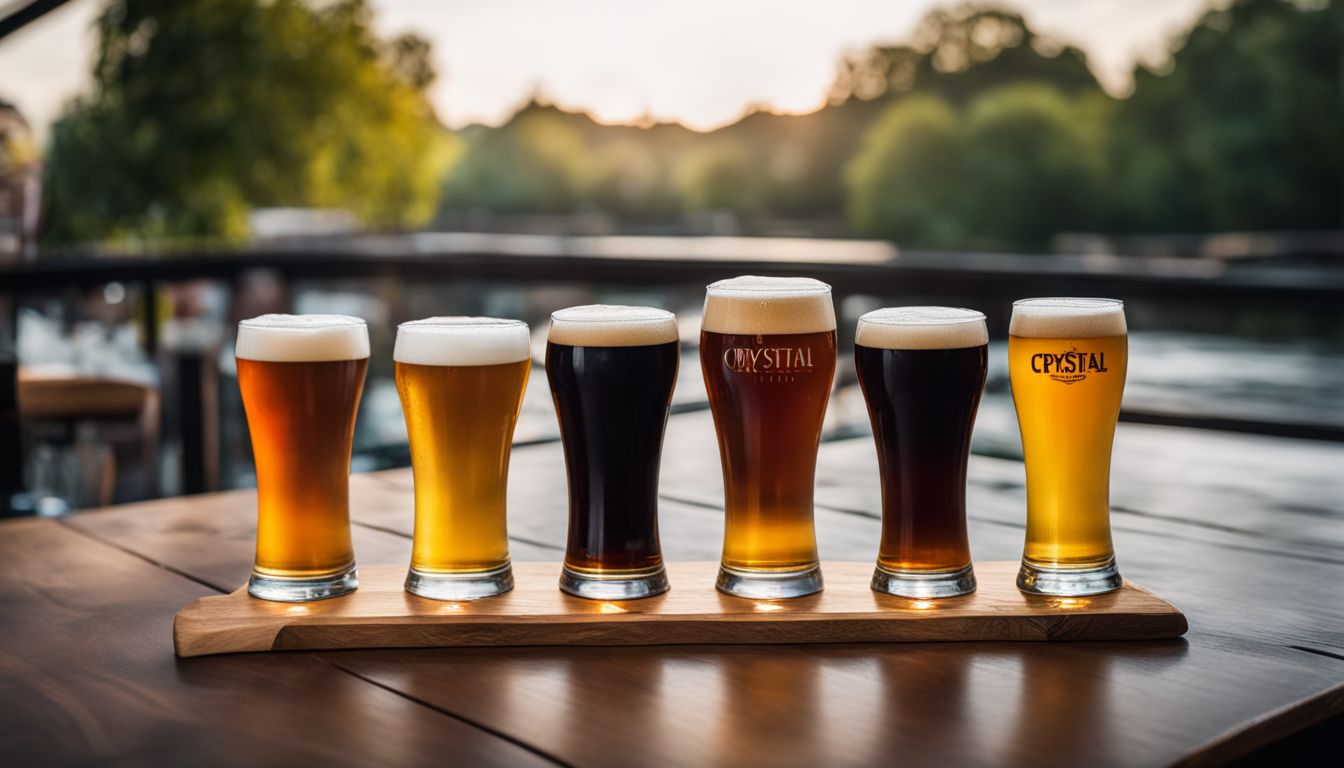
Understanding different variations of beer can greatly enhance your tasting experience, allowing you to appreciate the subtle aromas and flavors that each style has to offer. Discover the perfect food pairings to elevate your enjoyment even further.
Ready to dive deeper into the world of beer? Read on!
Understanding Different Variations
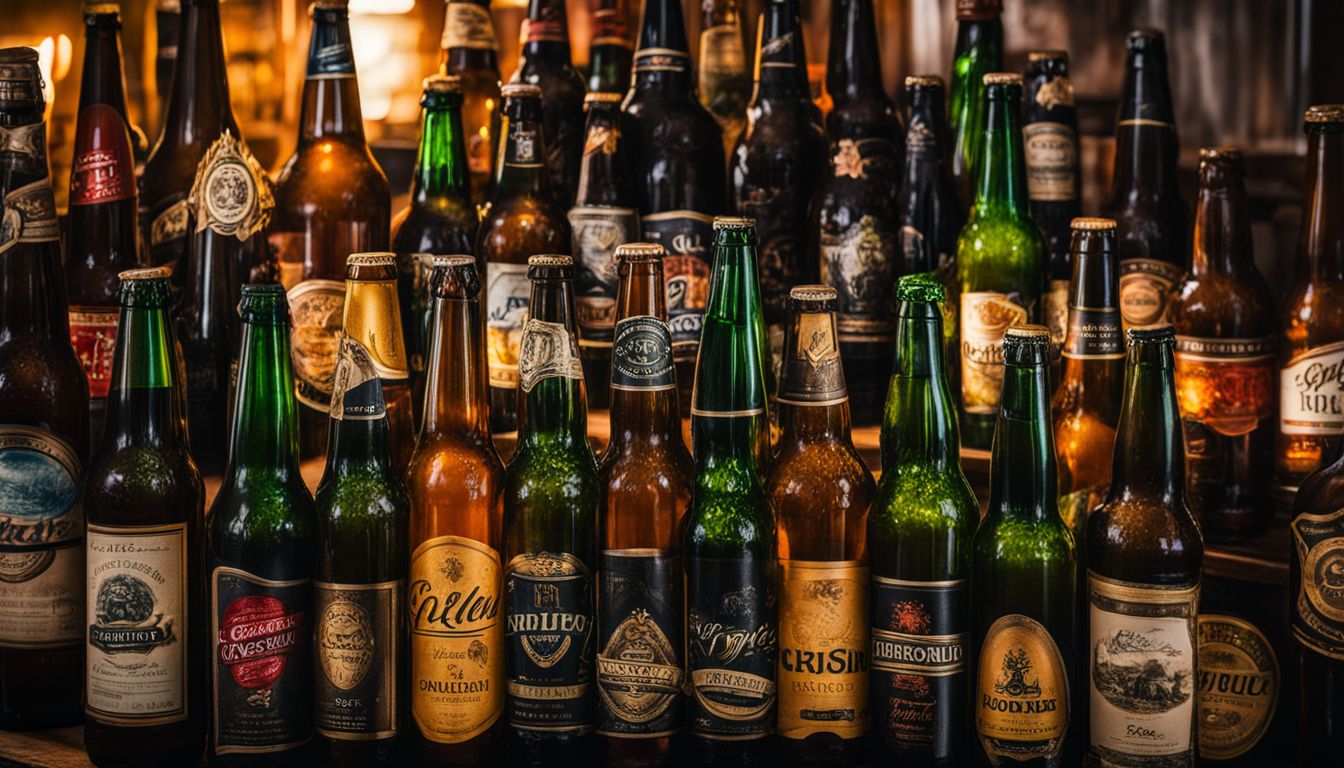
Different variations of beer offer unique tastes and flavors that enhance the drinking experience. Each variation has its own characteristics, such as bitterness, sweetness, or fruity notes.
By understanding these variations, you can choose a beer that suits your preferences.
For example, German beers are known for their precision and quality. They have a wide range of styles, from light and refreshing lagers to rich and malty bocks. On the other hand, Belgian beers often have complex flavors with hints of spices or fruitiness.
These beers can be strong and bold or light and delicate.
Exploring different variations allows you to broaden your palate and discover new favorites. You might find that you enjoy hoppy IPAs or smooth stouts. Or maybe you’ll develop a taste for sour beers with their tangy acidity.
Appreciating Aromas and Flavors

Beer is not just about quenching your thirst; it’s also about experiencing different aromas and flavors. When you take a sip of beer, pay attention to the scents that waft up from the glass.
You might detect hints of fruit, caramel, hops, or spices. These aromas come from the ingredients used in brewing, such as barley and yeast. By appreciating these scents, you can enhance your overall tasting experience and better understand the complexity of each beer.
The same goes for flavors – take small sips and let the beer roll over your taste buds. You may pick up on notes of bitterness, sweetness, or even subtle smokiness depending on the style of beer you’re drinking.
Finding the Perfect Food Pairings
Pairing beer with the right food can enhance your tasting experience and bring out the best flavors. Here are some tips for finding the perfect food pairings:
- Consider the flavors: Look for complementary or contrasting flavors between the beer and the food. For example, a hoppy IPA can balance out the richness of a burger, while a malty stout can complement chocolate desserts.
- Match intensities: Pair beers with foods of similar intensity to avoid overpowering flavors. Lighter beers like lagers and pilsners go well with salads and seafood, while stronger beers like stouts and porters pair nicely with hearty dishes like grilled meats or roasted vegetables.
- Regional pairings: Explore regional cuisines that are traditionally enjoyed with certain types of beer. For example, Belgian beers often go well with mussels or Belgian waffles, while German beers are commonly paired with sausages and pretzels.
- Experiment: Don’t be afraid to experiment and try different combinations. You might discover unexpected flavor combinations that work well together.
- Consider beer styles: Different beer styles have unique characteristics that can influence their food pairings. For example, wheat beers tend to go well with lighter dishes like salads or seafood, while sour beers can complement tangy or acidic foods.
- Take note of contrasts: Sometimes contrasting flavors can create interesting taste experiences. For example, pairing a citrusy IPA with spicy Mexican cuisine can create a refreshing contrast.
- Use local ingredients: Incorporate local ingredients in both your beer and food choices to create a sense of harmony between them.
Conclusion
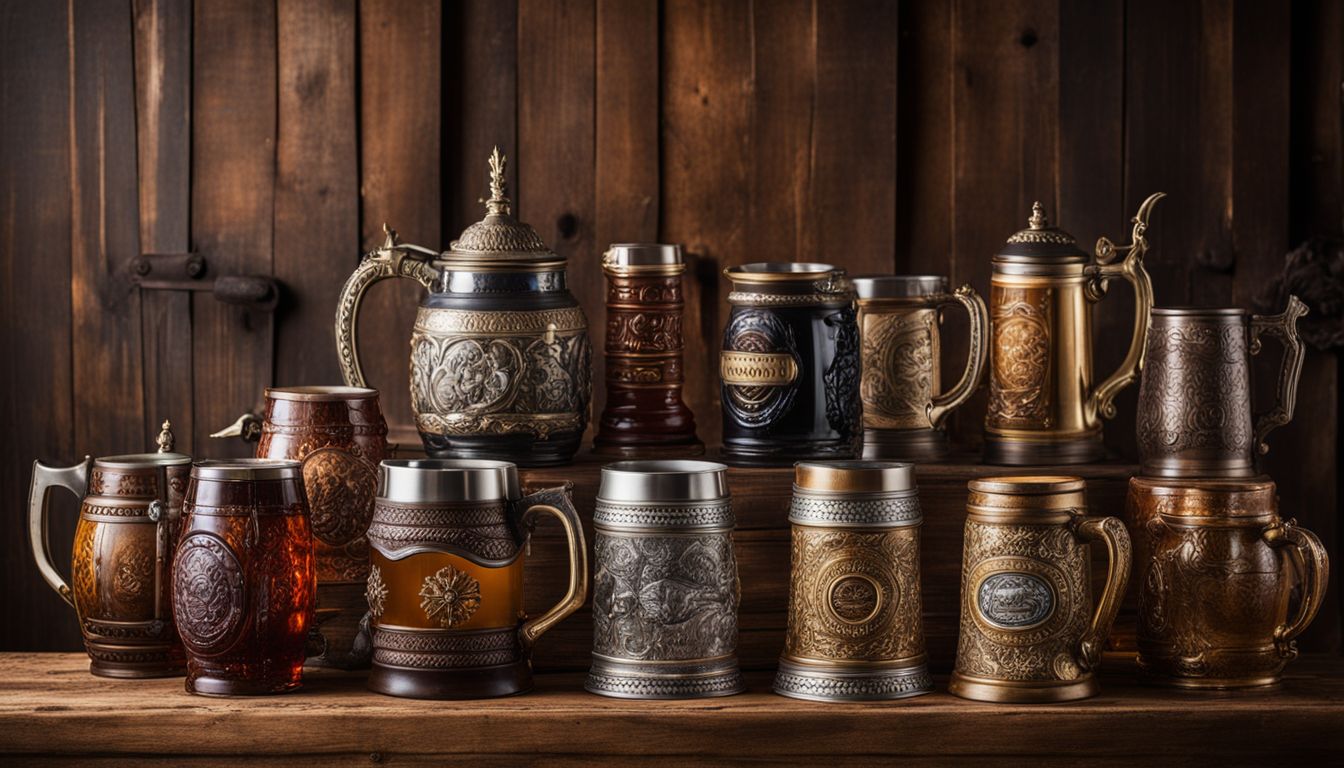
In conclusion, exploring the rich beer culture and traditions across different societies reveals how deeply ingrained brewing is in our history and customs. From German brewing traditions to Belgian beer culture and the American craft beer revolution, each society has its own unique way of celebrating this beloved beverage.
By understanding traditional brewing techniques, celebrating beer diversity, and enhancing our tasting experience, we can truly appreciate the richness of this global phenomenon. So raise a glass and toast to the fascinating world of beer!
FAQs
1. What is beer culture?
Beer culture refers to the customs, traditions, and practices associated with the production, consumption, and appreciation of beer in a particular society or region.
2. How does beer culture differ across different societies?
Beer culture can vary greatly across different societies due to factors such as historical influences, local ingredients, brewing techniques, drinking rituals, and attitudes towards alcohol.
3. What are some examples of beer traditions in different societies?
Examples of beer traditions in different societies include Oktoberfest in Germany, where people gather to celebrate and drink traditional Bavarian beers; Belgian Trappist breweries known for their unique brewing methods by monks; or English pubs that serve cask ales and have their own cozy atmosphere.
4. How has globalization impacted beer cultures around the world?
Globalization has led to the spread of various beer styles and influences from one society to another. This has resulted in increased diversity and experimentation within beer cultures globally as people become exposed to different flavors and brewing techniques from around the world.
